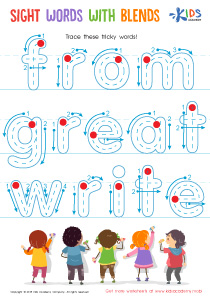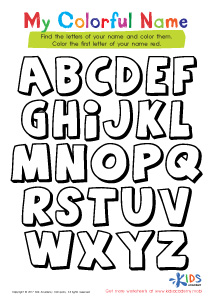Hand-eye Coordination Grade 1 Phonics Worksheets
5 filtered results
-
From - To
Enhance your first grader's learning experience with our Hand-eye Coordination Grade 1 Phonics Worksheets! These engaging and interactive worksheets are designed to help young learners develop essential hand-eye coordination skills while reinforcing phonics fundamentals. Each worksheet combines fun activities such as tracing, matching, and letter recognition, ensuring children enjoy their learning journey. By integrating phonics practice with motor skills development, these worksheets provide a comprehensive educational approach. Perfect for home or classroom use, they encourage independent practice and boost confidence. Download and watch your child’s skills flourish as they master phonics through delightful hand-eye coordination exercises! Start your adventure in learning today!
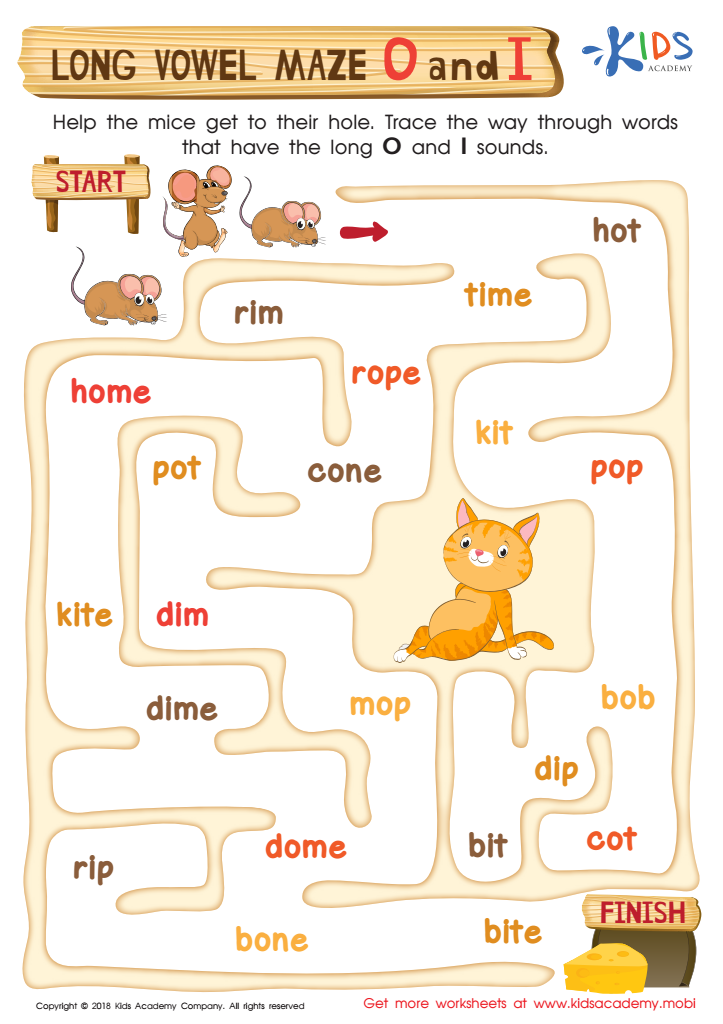

Long Vowel Maze /o/ and /i/ Worksheet
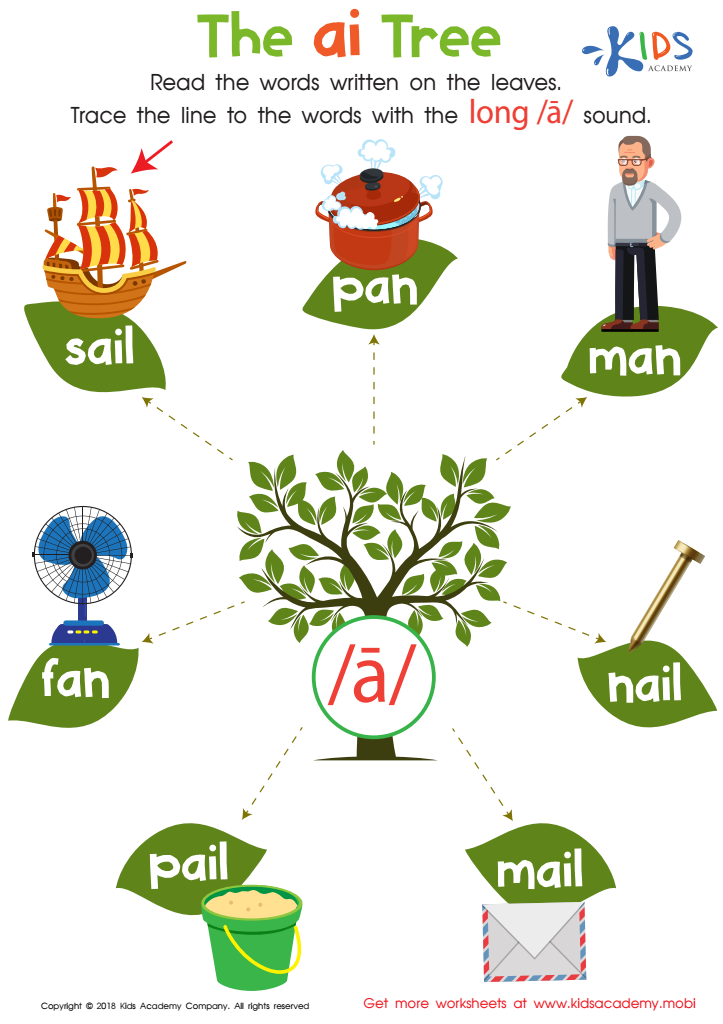

The AI Tree Worksheet


Long and Short U Worksheet
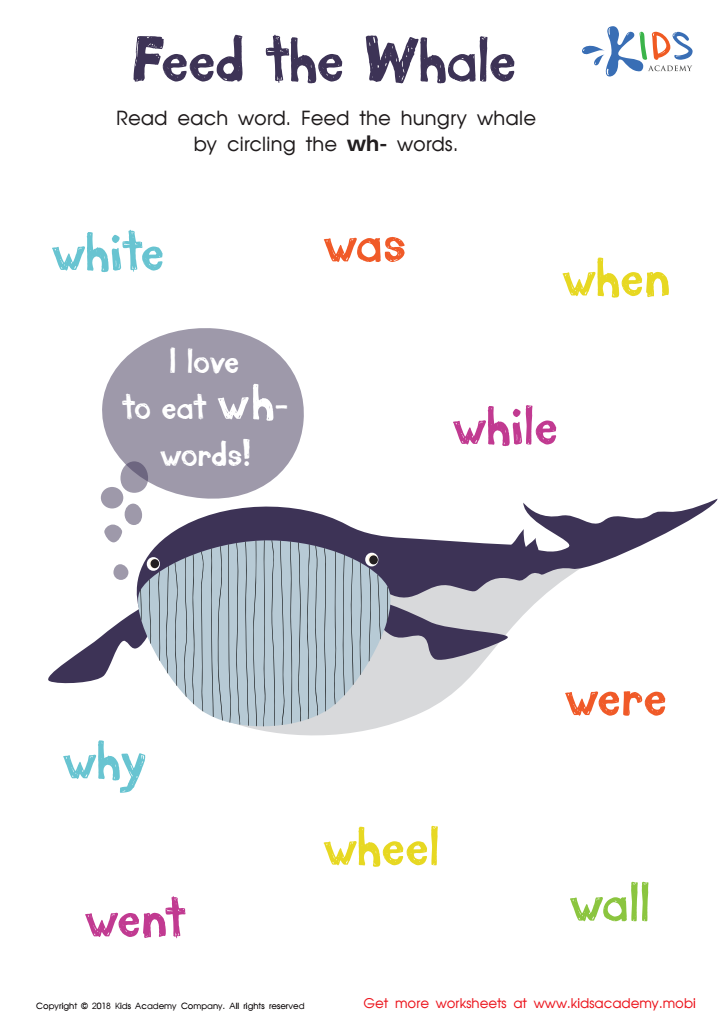

Feed the Whale Worksheet


Long and Short E Worksheet
Hand-eye coordination is a crucial skill that significantly impacts a child's overall development, particularly in academic settings like Grade 1 phonics. At this stage, children are not only learning to read but also developing fine motor skills essential for writing and other tasks. Strong hand-eye coordination facilitates easier reading by enabling students to track words on a page, improving their spelling and phonetic recognition.
Furthermore, as young learners practice distinguishing letters and sounds, their ability to connect visual information with motor responses becomes vital. Activities such as writing letters or using manipulatives to form words require coordination, which reinforces their phonics learning. Games and exercises that enhance hand-eye coordination also make learning more engaging and fun.
Teachers and parents should care about this aspect because fostering these skills can lead to improved academic performance, lower frustration levels, and increased confidence in budding readers. Supportive learning environments that include activities promoting hand-eye coordination can give children a solid foundation for future learning, ensuring they approach reading and writing with the skills they need to succeed. Ultimately, attention to hand-eye coordination fosters not only phonics proficiency but also prepares children for broader learning challenges ahead.

 Assign to My Students
Assign to My Students



